May 30, 2025 | 06:25 GMT +7
May 30, 2025 | 06:25 GMT +7
Hotline: 0913.378.918
May 30, 2025 | 06:25 GMT +7
Hotline: 0913.378.918
Mr. Pham Van Bon, Senior Assessment Expert at the testing, inspection and certification company (SGS Vietnam), shared that from 1990 to 2020, the world lost up to 420 million hectares of forests in just three decades. Faced with this alarming rate of deforestation, the United Nations placed great emphasis on sustainable forest development at the 1992 UN Conference on Environment and Development (Rio Earth Summit).
Between 1995 and 1997, the UN further deepened its focus on forest conservation, with the EU consistently leading the way in related programs.
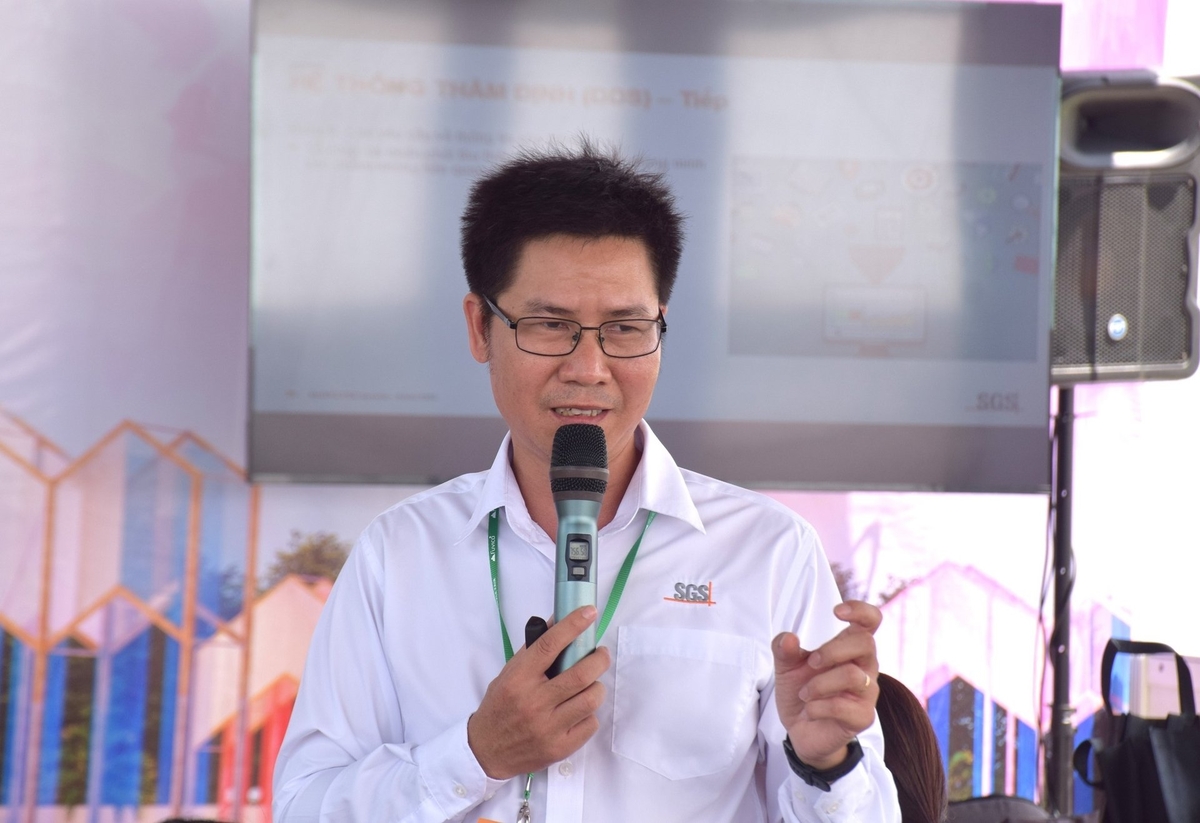
Mr. Pham Van Bon, Senior Assessment Expert at the testing, inspection and certification company (SGS Vietnam), discusses the challenges faced by the wood industry in complying with the EUDR. Photo: V.D.T.
"The EU believes that deforestation is not only driven by the timber industry but also by other sectors, such as forest conversion for livestock farming. Therefore, the EUDR extend beyond timber to cover a wide range of industries, including rubber, cocoa, livestock, palm oil, soy, and related products. Among these, Vietnam is particularly affected in key export sectors such as coffee, rubber, and wood," said Mr. Pham Van Bon.
Under the EUDR regulations, for wooden products to enter the EU market, businesses must provide evidence proving that their wood is not linked to deforestation. The required information includes the wood species (with a mandatory scientific name), quantity, country of production, and geographic indicators such as coordinates and location. These geographical details are a strict requirement under EUDR - any product lacking this information will be denied entry into the European market.
Additionally, businesses must collect and provide the names, postal addresses, and email contacts of all raw material suppliers within their supply chain. All of this data must be fully documented to verify that the product is not connected to deforestation. Furthermore, products must be manufactured in compliance with the laws of the country of origin.

Mr. Pham Ngoc Tuan Anh, Director of Forestry and Wood Certification Services at SGS Vietnam, discusses the biggest challenge of the EUDR regulation - the requirement to provide geographical coordinates for raw wood materials. Photo: V.D.T.
"EU pays great attention to the proportion of forested land in the countries supplying raw wood materials. If raw wood is sourced from a country with significant forest coverage, the EU will classify the shipment as low-risk. Conversely, the EU also closely monitors deforestation and forest degradation in supplier countries. If a country is identified as experiencing severe deforestation and forest degradation, the raw wood sourced from that country will be considered high-risk. Therefore, when purchasing raw wood materials, businesses must carefully review information to select appropriate sourcing locations," warned Mr. Pham Van Bon.
According to Mr. Pham Ngoc Tuan Anh, Director of Forestry and Wood Certification Services at SGS Vietnam, the biggest challenge of the EUDR is the requirement to provide geographical coordinates for raw wood materials. The geographical location of land areas serves as the origin of the materials. For raw wood harvested from areas larger than 4 hectares, both latitude and longitude must be provided to outline the forest plot's perimeter. For areas smaller than 4 hectares, the EUDR only requires a single point coordinate.
Meanwhile, over 80% of the raw wood used in Vietnam’s wood processing industry is imported from various countries. In the first six months of 2024 alone, Vietnam imported raw wood from 102 countries worldwide, including many classified as high-risk regions. It is estimated that one-third of Vietnam's imported raw wood comes from high-risk countries.
Furthermore, most domestically sourced raw wood comes from smallholder plantations, with an average size of just over 2 hectares per household. Additionally, discrepancies exist between forest land areas and land use certificates, and the fragmented supply chain involves multiple intermediaries. Smallholder forest growers also lack a database for traceability, making compliance with EUDR requirements even more challenging.
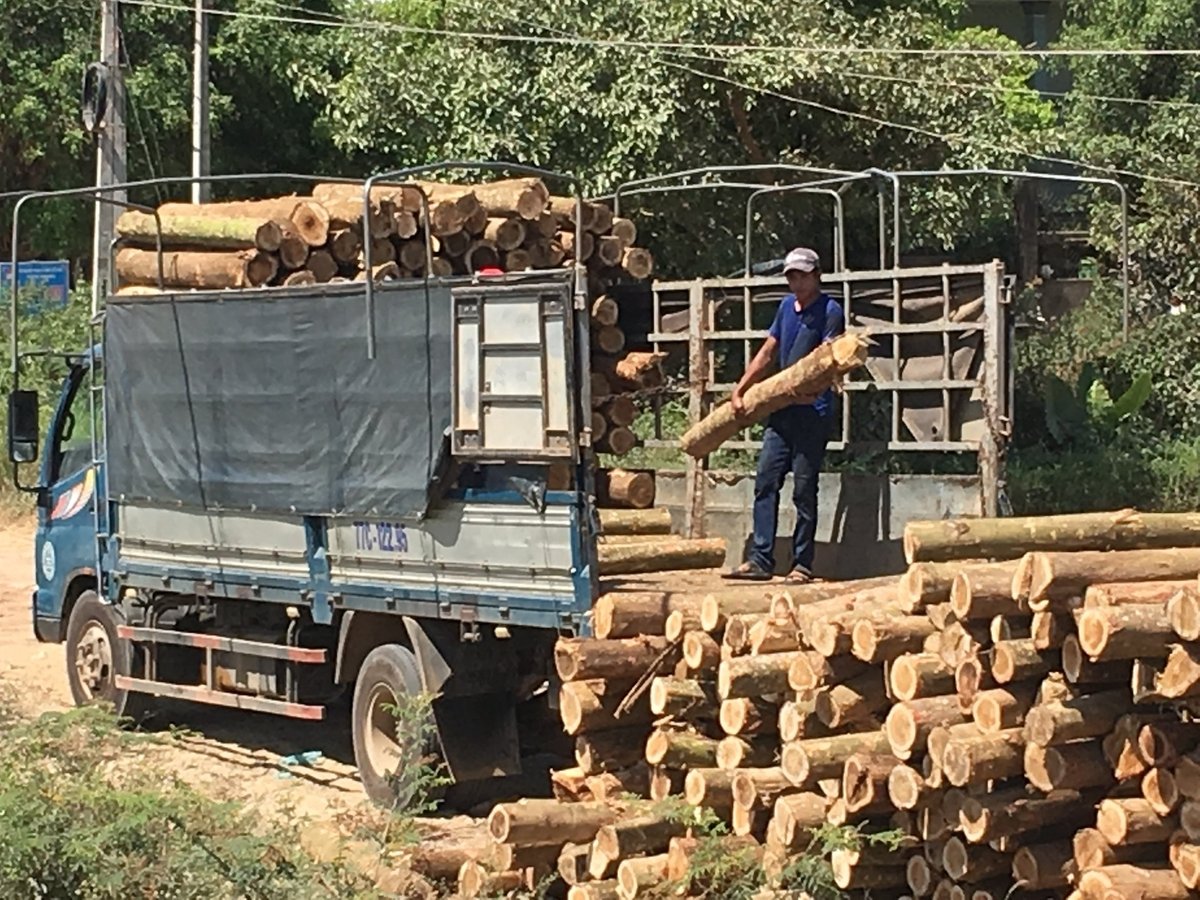
The origin of raw wood materials must be traceable from the point of harvest, collection, and transportation to dealers; from preliminary processing and refining to distribution and the end consumer. Photo: V.D.T.
"The origin of raw wood materials must be traceable from the point of harvest, collection, and transportation to dealers; from preliminary processing and refining to distribution and the end consumer. Notably, if a company fails to comply with the EUDR and is caught, it will face a penalty of 4% of its total sales revenue across the entire EU from the previous year a significant fine," Mr. Bon shared.
According to Mr. Nguyen Tuan Hung from the Department of Forestry and Forest Protection (Ministry of Agriculture and Environment), the EU is one of Vietnam's four major markets for the wood industry. Therefore, Vietnam's wood industry must recognize the challenges posed by the EUDR and implement adaptation measures to ensure continued growth. Time is running short, as the EUDR will officially take effect in just over nine months.

The biggest challenge of the EUDR is the requirement to provide geographical coordinates of raw wood materials. Photo: V.D.T.
"To comply with the EUDR, Vietnam's forestry sector is piloting a plantation zoning code system for 25,000 hectares of planted forests across five northern provinces. The effectiveness of this model will be scaled up nationwide to simplify the traceability of raw wood materials for the export-oriented wood processing industry," said Mr. Nguyen Tuan Hung.
"The government has recently issued an official directive to actively implement solutions promoting a circular economy, sustainable production and consumption, and green development to meet EU requirements. In 2023, the Department of Forestry and Forest Protection also advised the Ministry to issue Decision No. 3817 on an action plan for implementing the sustainable wood processing industry development project for the 2021 - 2030 period, which outlines a roadmap for the green transition of wood industry enterprises," said Mr. Nguyen Tuan Hung, a representative of the Department of Forestry and Forest Protection.
Translated by Kieu Chi
/2025/05/25/4127-3-073637_820.jpg)
(VAN) Thanks to the promotion from an FAO-implemented project, vegetable production in greenhouses in Moc Chau has seen strong development, from 1.5 hectares in 2021 to nearly 50 hectares in 2024.
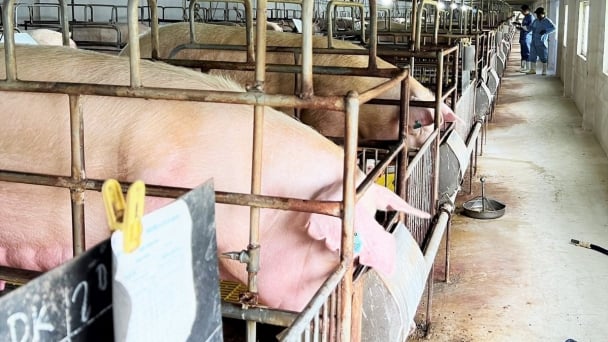
(VAN) FAO has recently supported USD 140,000 to implement the project 'Risk mitigation human-animal interface risks through disease control initiatives in pig farming.'

(VAN) The People's Committee of Tra Vinh province has approved an adjustment to the investment policy for the Green Hydrogen Plant project, increasing its area to approximately 52.76 hectares.
![Reducing emissions from rice fields: [2] Farmers’ commitment to the soil](https://t.ex-cdn.com/nongnghiepmoitruong.vn/608w/files/news/2025/05/05/dsc08881jpg-nongnghiep-140632.jpg)
(VAN) Clean rice cultivation model in Thuong Tan commune, Bac Tan Uyen district, is assisting local residents in achieving sustainable agriculture by substantially reducing costs, increasing productivity, and protecting the environment.
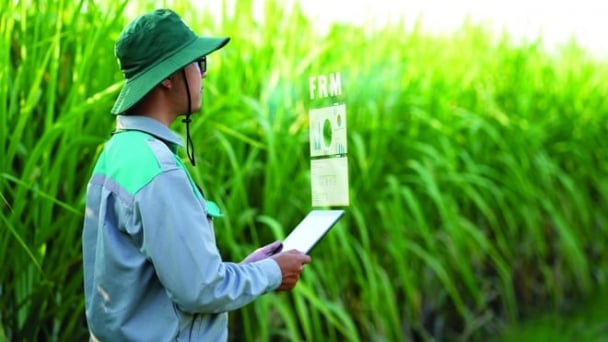
(VAN) At the conference to disseminate Resolution No. 68, AgriS introduced its digital agricultural ecosystem and reaffirmed its commitment to accompanying the Government in promoting private sector development and sustainable agriculture.
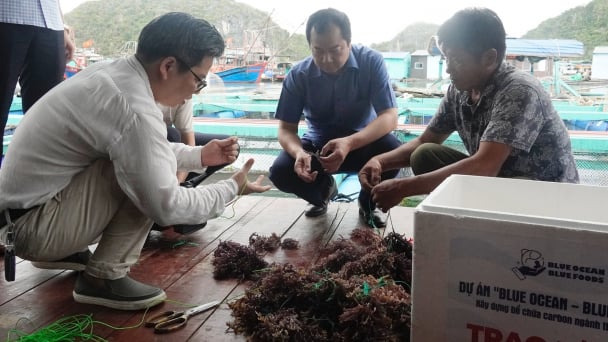
(VAN) 'Blue Ocean - Blue Foods' initiative is designed to restore marine ecosystems and establish sustainable livelihoods for local communities by cultivating a minimum of 1,000 hectares of cottonii seaweed in the first three years.
/2025/05/21/4642-3-112707_603.jpg)
(VAN) The V-SCOPE project has made direct contributions to three out of six pillars of the Comprehensive Strategic Partnership between Vietnam and Australia.